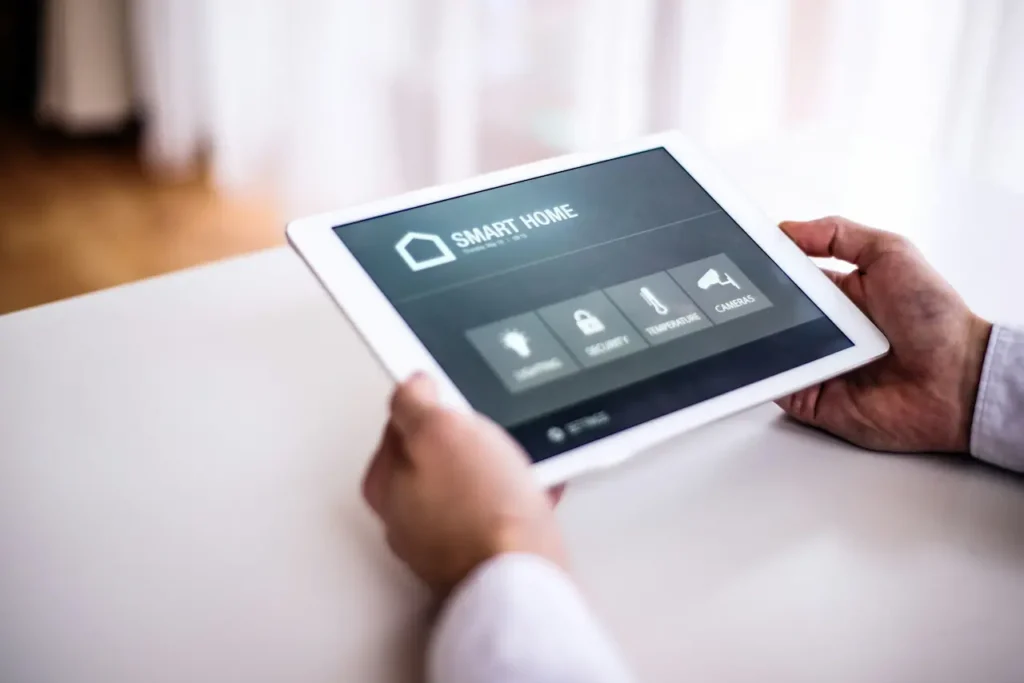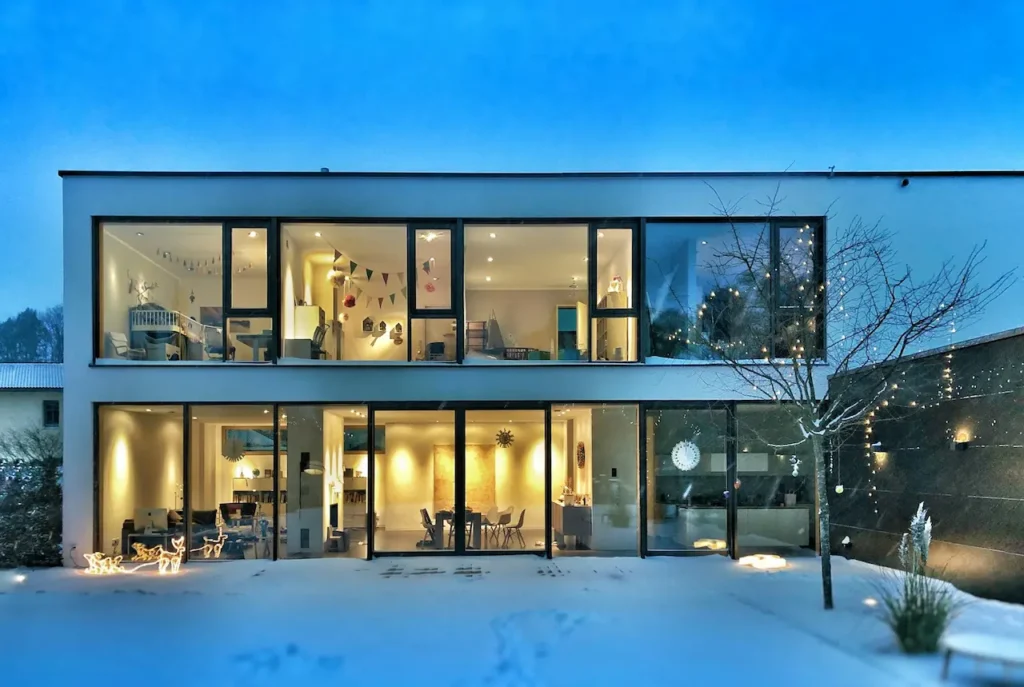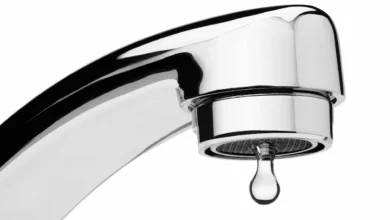How Smart Housing Design Reduces Costs
How Smart Housing Design Reduces Costs in Sydney’s Climate
Sydney’s known for having a mild climate, with cool winters and warm summers. This is partly because of its proximity to the Pacific Ocean, giving Sydney its pleasant and stable temperature.
That said, it can still get uncomfortably warm or cool on peak months in this coastal city. It can also get quite humid, especially during the summer months.
In such cases, households and buildings often rely on heating and cooling systems to keep people comfortable inside. These systems are effective at what they do, but in some cases, these temperature regulators contribute to high energy bills.
A more cost-effective alternative for Sydneysiders is consciously picking smart temperature systems to maintain indoor comfort. These systems not only keep tenants cool, but they’re also cost-effective, making them ideal choices for creating liveable and affordable spaces.
If you want to know more about the positive impact of smart housing design choices, specifically how it lowers costs, this article will delve into ways these systems can drive housing costs down a notch.
Let’s get into it.
-
Smart Housing Design Starts Within With Quality Insulation
One smart way to reduce the energy costs of a standard Sydney home is using quality insulation.
When your home is properly insulated, cool and hot air from the outside won’t penetrate your home’s interior as easily. This results in your home’s temperature regulation systems having to work less to maintain your desired temperature levels, leading to increased energy efficiency and more utility savings.
Putting up quality insulation in your home is a multi-faceted process. You have to mind every part of the home, from the roof to the floorboards. To insulate your home, start by installing insulation batts or rolls between the ceiling and the roof.
Consider your wall insulation as well; install rigid foam panels or cavity wall insulation to keep temperatures regulated indoors. Foil insulation in the roof and walls also help reflect heat away from the home, making your structure last longer.
Another essential step to insulate your home is sealing openings in your doors and windows with adhesive foam strips or rubber seals. This prevents outside air from getting inside your home.
By integrating these things into your home, your household will enjoy a more comfortable environment and lower energy bills.

-
Home Orientation and Layout Matters
Sydney—and Australia as a whole—is in a geographically disadvantageous position, receiving higher levels of ambient UV radiation compared to many other countries around the world. This downside is especially prevalent during summer time, when the sun’s rays have a more prominent impact due to its proximity to the city.
Prolonged UV exposure not only affects people and their health, but it can also impact building materials, indoor temperatures, and energy usage. If your home is oriented without the sun’s position in mind, certain zones in the home could be more vulnerable to overheating and sun damage throughout the day.
Having said that, if you are still on the construction or vetting phase of a home, then be sure to choose one that aligns away from the sun’s harshest rays. If the home structure is already built, then change the layout design to promote a safe and comfortable living area away from direct contact with the sun at its peak. Use blinds and shades, too, during intensely hot days.
By proactively orienting your home away from the sun’s harshest rays, you’d be able to manage the temperature and UV exposure of your home a little better. This, in turn, can increase comfort and make it easier for you to maintain a good interior temperature—and a manageable energy bill.
-
Energy-Efficient Windows Keep the Interior Cool
Windows can significantly influence the temperature of a home. If you want to maintain maximum comfort and regulated temperatures inside your space, then opting for energy-efficient windows should be a priority.
According to the Australian Glass and Window Association (AGWA), tinted and low-E glass windows are excellent choices for Sydney homes, as these glass types reduce heat transfer and block UV rays from penetrating inside.
They also keep warm inside the space, making it useful during the colder winter months. Furthermore, when choosing a window frame type, aluminium, timber, fibreglass, and composite types are sound choices.
Besides choosing optimal windows, you should also integrate external shade and internal coverings to increase comfort. Ensure that your roofing system has awnings or eaves to keep the sun’s harshest rays away from your home. Blinds and curtains also serve as a useful protective barrier for your home.
With these safeguards in place, your home will be more comfortable to live in year-round. This can, in turn, make covering the cost of electricity more manageable each month.
-
Functional Cooling and Heating Systems Regulate Internal Temperatures
Even if you’ve been thorough with your interior planning, it’s possible for your home’s energy usage to be more than it should because of inefficient, worn-out, or neglected appliances.
Over time, A/C units and heaters can break down and malfunction. For instance, air filters could accumulate dirt, refrigerants may leak, or parts may cycle too quickly. Leaving them in this state can lead to inefficient cooling or heating, drastically reducing comfort levels in your home or space.
If your A/C unit is inefficient, repairing your air conditioner with Alliance Climate Control is something worth considering to enhance its efficiency and reduce your electric bill. They can diagnose problems in your temperature-regulating system more efficiently and fix a wide range of issues, thanks to their expertise.
Moreover, you can also opt to replace your current model with an energy-efficient A/C unit or heater to ensure that your space’s temperature is sufficiently regulated without using up too much energy. By ensuring your appliances are well-maintained, you can enhance your space’s comfort levels in the long run.

-
Smart Home Technology Improves Energy Efficiency
Smart home technology can be a major help in reducing energy costs in Sydney.
Smart thermostats, automated blinds, and motion-sensor lighting are some home products that can be harnessed to reduce excessive amounts of energy in your home, making your space more sustainable and comfortable.
To dive into it a bit further, you can set smart thermostats to adjust the temperature in your space automatically depending on your preference and actual temperatures. You can also use automated blinds to let UV light in (or keep it away) on an as-needed basis.
In any case, using these smart technology tools can help you gain better control of your home’s energy usage, making running your home a more cost-effective endeavour in the long run.


